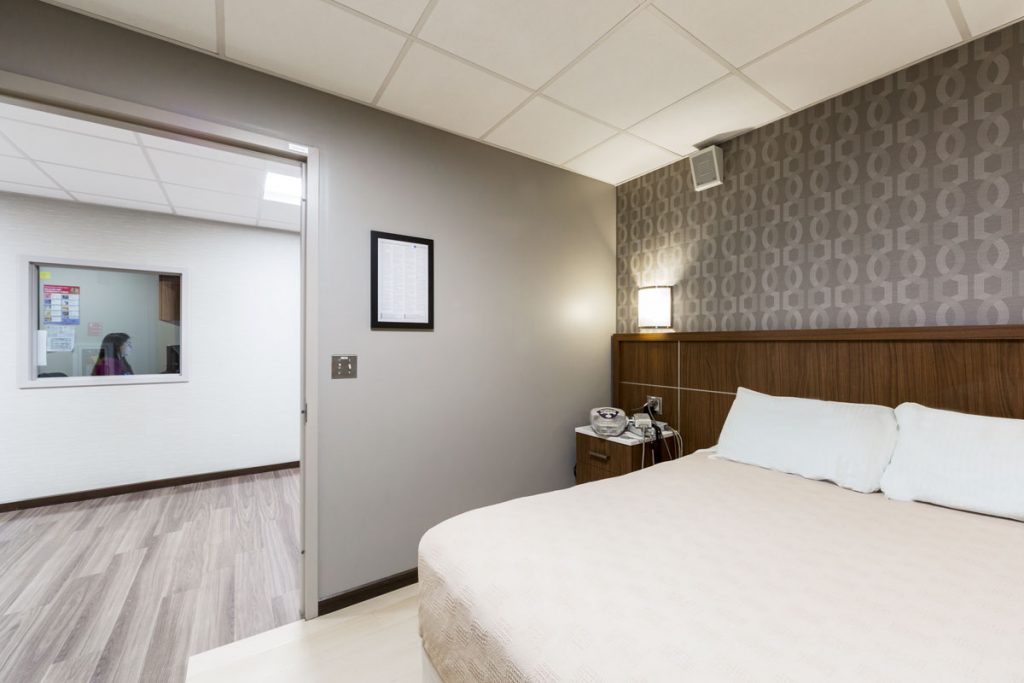There are exactly 34 divots and imperfections on my bedroom ceiling. I happen to know this useless fact because many a night I lay awake counting each paint blotch and textural inconsistency with the determination of a child counting sheep for the first time.
It’s not that I have a particular fondness for plaster or molding that brings me to this activity, it’s the fact that I, like so many others, suffer from the occasional bout of insomnia.
My insomnia is typically brought on by stress, but can emerge during the most carefree of times as well. The other night, under no duress at all, I went to bed expecting to fall asleep without a fight—I was wrong. Before I knew it, 10 p.m. became 3 a.m. without a wink of sleep in between.
As I turned to my bedside table to pick up my phone, I heard the voice of a man I’d recently spoken with say, “as soon as you look at the time, it’s over—you’ll never fall asleep.” I took a deep breath, returned to my pillow and replayed the advice I’d received just three days prior from Dr. Mitchell Engler.
Dr. Engler is the Co-Director of the Center for Sleep Medicine at Englewood Hospital and Medical Center. A specialist in Pulmonary and Sleep Medicine, Dr. Engler spends his days treating patients with sleep issues far more aggressive than my own.
Over the last three days, I’d made a couple of adjustments to my sleep routine per the advice of Dr. Engler. The first change was easy enough to make—I refrained from alcohol within earshot of my bedtime.
“If you consume alcohol right before bedtime it will sedate you and allow you sleep. However, as your body metabolizes the alcohol during the night, it increases the pressure on your brain to wake up and further fragments your sleep, making you even more tired in the morning,” Dr. Engler said.
The second change continues to be a struggle, as it goes against every impulse I have as a millennial—no phone, no computer and no iPad within two or three hours of sleep.
“When you look at the screen your brain gets revved up, making it that much harder to get to sleep. In addition, the wavelength of light from your computer is the same blue light that stimulates your pineal gland to think it’s morning and time to wake up,” Dr. Engler said.
Dr. Engler teaches his patients that the best way to fall asleep is to do relaxation breathing. You breathe in slowly through your nose and out through your mouth. After four breaths, you relax your forehead muscles. After the next four breaths, relax your neck. Work your way down until every segment of your body has been individually calmed.
“If you can’t fall asleep after that, I recommend you go into another room in your home, sit down and read a book or a magazine for a few minutes until you feel tired. Then return to bed and do your relaxation breathing again.”
“This is not easy to do, I tell my patients with insomnia, ‘you didn’t get this way overnight and it doesn’t go away overnight. It takes work but ultimately you’re retraining your brain to associate bed with sleep and not with staring at the ceiling,’” Dr. Engler said.
 At the Sleep Center, Dr. Engler works alongside physicians who specialize in pediatric pulmonary medicine, neurology, otolaryngology, psychiatry, and obesity. They work as a collective and pull from their diverse range of specialties in order to conduct sleep testing and diagnostic work that is comprehensive and cross-disciplinary.
At the Sleep Center, Dr. Engler works alongside physicians who specialize in pediatric pulmonary medicine, neurology, otolaryngology, psychiatry, and obesity. They work as a collective and pull from their diverse range of specialties in order to conduct sleep testing and diagnostic work that is comprehensive and cross-disciplinary.
The most common sleep disorders Dr. Engler treats are insomnia, sleep apnea, periodic limb movement disorder and narcolepsy. Treatment plans for each of these disorders are often noninvasive and allow patients to return to a regular sleep routine.
In order to diagnose some of these disorders, patients may have to do an overnight, sleep study inside the Sleep Center. Patients can arrange their stay for any night of the week, including weekends, and will sleep in one of the Center’s recently renovated suites.
Each suite is equipped with a full-size mattress, a private bathroom, and all the creature comforts necessary to help patients feel more at home. Standard outlets as well as USB ports are immediately accessible to patients above their bedside tables, a 32” TV is mounted in front of the bed and an independent thermostat is available so patients can control the temperature of their room.
The bathrooms are fully wheelchair accessible and freshly lined with glass and mosaic tile. Bedrooms are adorned with luxury vinyl tile flooring, brand new wall coverings, wall sconces for warm lighting, headboard and bedside tables with a millwork finish and a unique accent wall.
Being asked to sleep overnight in a hospital can be a scary proposition, but the staff at the Sleep Center have made every effort to create a space that is as comfortable as any hotel.
Sleep is such a fundamental part of our physical, emotional and psychological health, and to go without it is a nightmare. So a place like the Sleep Center, that is stacked with doctors who just want to help, is a resource that all of us sleep-deprived insomniacs should really utilize. Let’s not spend the rest of our lives counting paint chips on the ceiling.
The post A Need For Sleep appeared first on VUE magazine.
